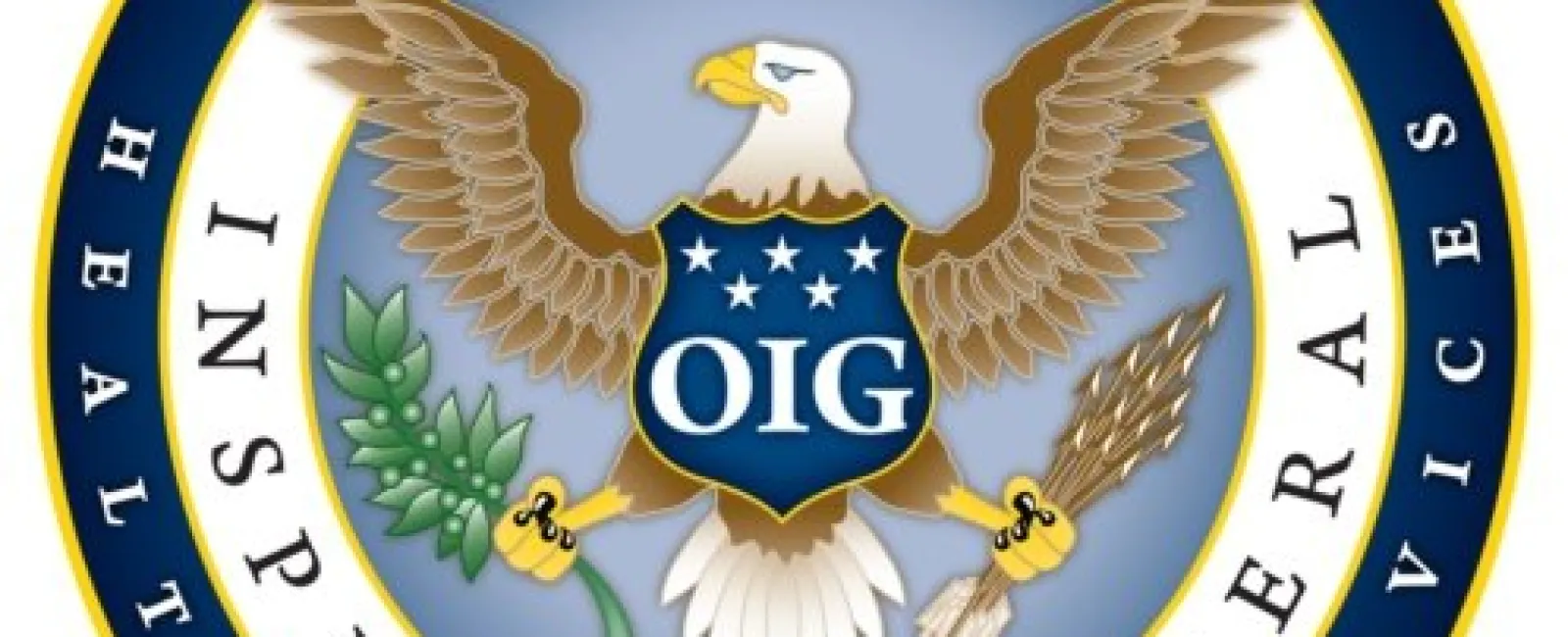Recently, the Office of Inspector General (OIG) updated the policy statement regarding non-binding criteria to be used when assessing whether to impose exclusion from Federal healthcare programs. In addition, the OIG introduced a "Risk Spectrum" that will be considered at the time of an exclusion.
Law
Under section 1128(b)(7) of the Social Security Act (the act), the Office of Inspector General (OIG) of the U.S. Department of Health and Human Services may exclude any individual or entity from participation in the Federal health care programs for engaging in conduct prohibited by sections 1128A or 1128B of the Act.
By law, OIG is required to exclude from participation in all Federal health care programs individuals and entities convicted of the following types of criminal offenses: Medicare or Medicaid fraud, as well as any other offenses related to the delivery of items or services under Medicare, Medicaid, SCHIP, or other State health care programs; patient abuse or neglect; felony convictions for other health care-related fraud, theft, or other financial misconduct; and felony convictions relating to unlawful manufacture, distribution, prescription, or dispensing of controlled substances.
OIG has revised their non-binding criteria for use in evaluating exclusion under section 1128(b)(7). In doing so, OIG introduced a "Risk Spectrum" for evaluating health care fraud cases.
OIG revised criteria for excluding individuals and/or entities from federally funded healthcare programs. The recent update includes a "risk spectrum" the OIG will consider. The four categories the OIG will consider include:
- Nature and circumstances of conduct
- Conduct during the Government's investigation
- Significant ameliorative efforts
- History of compliance
Further, according to the OIG, depending on the facts and circumstances presented, OIG will usually pursue one of the following approaches with respect to a person when settling a civil or administrative health care fraud case: (1) exclusion; (2) heightened scrutiny (e.g., implement unilateral monitoring); (3) integrity obligations; (4) take no further action; or (5) in the case of a good faith and cooperative self-disclosure, release 1128(b)(7) exclusion with no integrity obligations.
For example, according to the OIG the absence of a compliance program indicates a higher risk on the risk spectrum. In comparison, the OIG will take into consideration / release the individual or entity from exclusion for those who:
- are proactive in correcting a problem or
- who voluntarily self-disclose an issue.
Our Recommendations
To help your organization ensure you are a low risk on the OIG's risk spectrum, we highly recommend the following:
- Have a comprehensive compliance program.
- Employees should be trained on your policies and procedures at the time of hire, and at least annually thereafter.
- At a minimum, your or organization should be screening all employees, vendors, and subcontractors against the DHHS OIG List of Excluded Individuals and Entities (LEIE) prior to hiring or contracting and monthly thereafter.
- Your organization should be performing internal audits and walkthroughs to ensure compliance policies and procedures are in place, documented and employees are properly trained. This means a security risk analysis (SRA) must be performed, reviewed and include a corrective action plan to address deficiencies.
Exclusion is unquestionably oneof the harshest sanctions that can be imposed on an individual or entity who participates in federal health care programs. Keep in mind that a fully implemented compliance program ensures you are low risk and not in line for participatory exclusion. If you have any questions about your current compliance program or want to discuss additional support through HCP please contact [email protected].

